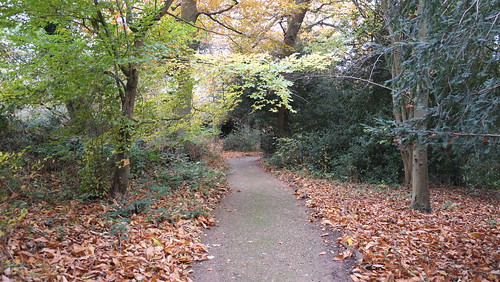Psychiatrist and Neuro Business Group founder Srini Pillay has a short piece on the Harvard Business Review blog arguing that “Your Brain Can Only Take So Much Focus,” but that allowing your mind to unfocused can be a good thing:
For years, focus has been the venerated ability amongst all abilities. Since we spend 46.9% of our days with our minds wandering away from a task at hand, we crave the ability to keep it fixed and on task. Yet, if we built PCD [positive constructive daydreaming], 10- and 90- minute naps, and psychological halloweenism [ed: read the piece to see what this means] into our days, we would likely preserve focus for when we need it, and use it much more efficiently too. More importantly, unfocus will allow us to update information in the brain, giving us access to deeper parts of ourselves and enhancing our agility, creativity and decision-making too.
This tracks pretty closely with what I write in REST, which is no surprise. I think the big thing I see in the lives of really creative people is that for them, moving between focused and unfocused states has a lot more intentionality or strategy to it.
In particular, the habit of doing things that give your mind time to wander soon after a period of focused work is designed to give the subconscious mind a chance to keep working on problems that have occupied, and often eluded, their conscious minds. In particular, Barbara McClintock’s and Charles Darwin’s walks show the hallmarks of being periods meant to exercise the body, clear the mind, but also give the creative time time to pick over problems– and maybe come up with solutions that they couldn’t find through concentrated effort.

Stanford University, where Barbara McClintock walked while thinking about Neurospora
So while Pillay is quite right, we can get even more out of unfocused periods my adding them at the right times, so as to pass ideas between the focused conscious mind, and the unfocused subconscious.
